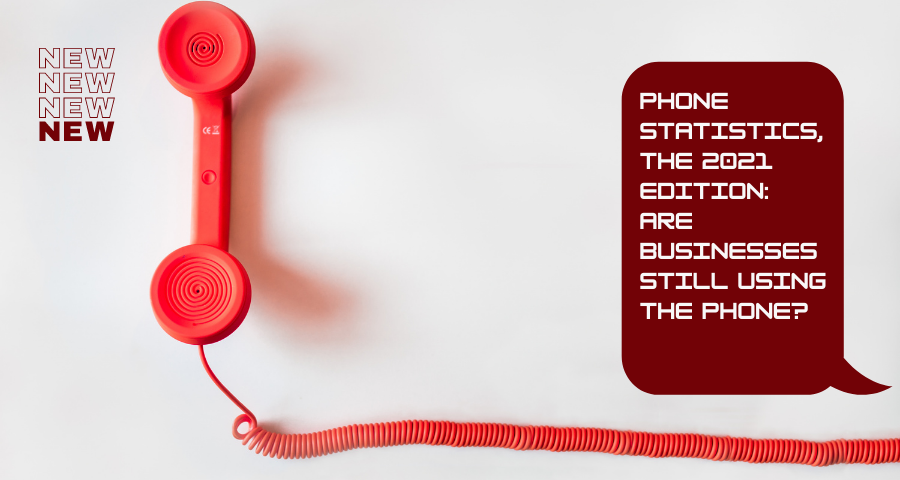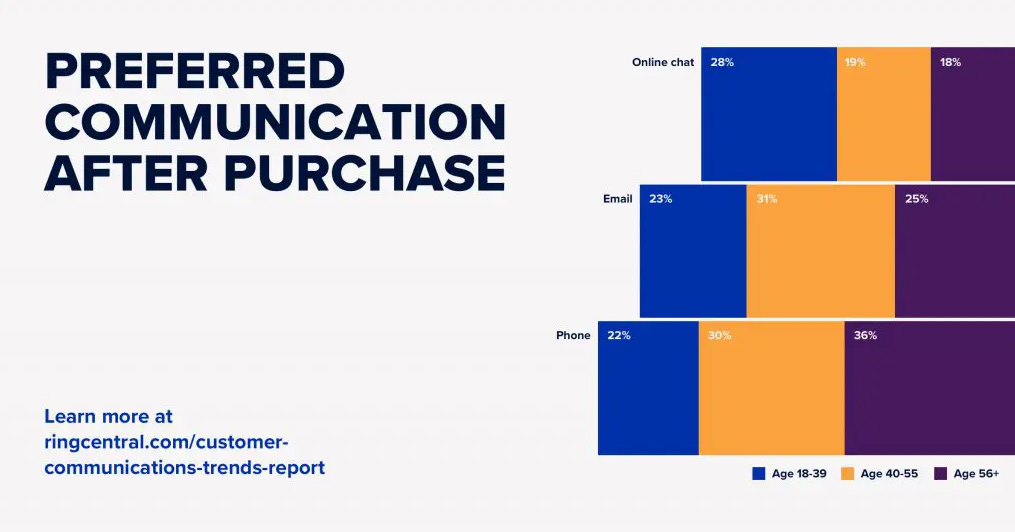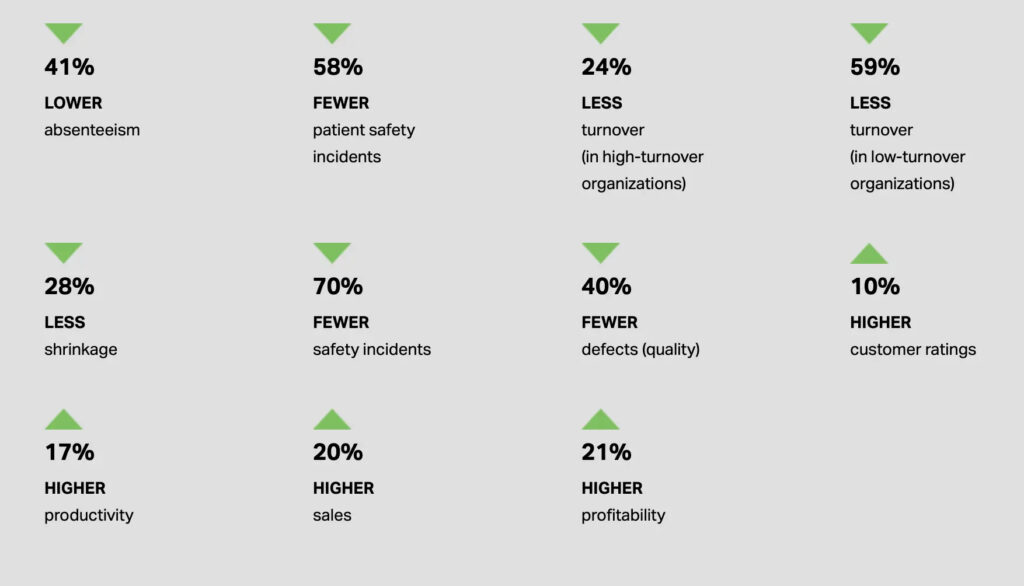Are businesses still using the phone?
As you try to use your and your employees’ time efficiently with automation, it may seem confusing or silly to invest in a communications system that’s so hands on like a phone.
Whether you like it or not, though, people want to know that there are real humans behind your business.
Human connection is still crucially valuable when it comes to business communications—for both customer-facing and internal communications.
What your business needs is a communications solution that’s more than just a business phone system. These statistics on business communications will show you that the right communications tool is not just a nice idea, it’s crucial to your bottom line.
Anyone who has a phone these days knows how common dreaded spam calls are right now. According to Hiya’s 2019 study, spam calls went up 128% year over year, and Americans now answer less than half of the phone calls they receive.
Don’t start packing up your employees’ phones yet, though. The same survey found that in the first half of 2019, 69% of calls from a legitimate business were picked up by consumers—up 16% from the beginning of the year.
Plus, phone calls are still the preferred communication channel for customers after they’ve bought something from a company. Thirty-six percent of respondents in the Customer Communications Review over the age of 56 rank phone calls as the top preferred communication channel, while it comes in at a close second (30%) to email (31%) for respondents aged 40-55. Even for the 18-39 demographic, phone is a very close third at 22%:
The key to calling consumers on the phone? Skip the robocalling and be sure your calls look legitimate with a local or 800 number.
Consumers also aren’t just picking up, they are calling too—an Invoca survey found that 65% of people have called a business in the last month, compared with only 22% who contacted a business through social media.
And, maybe you are thinking these phone users must be an older crowd, but the same survey found that 66% of millennials are likely to contact a company by phone.
Furthermore, marketers report that inbound phone sales have a big to medium impact on the company’s bottom line, so those calls are having a real influence on your business. If you don’t have a business phone system, you could be missing out:
And since users are spending more and more time on mobile devices, where web forms, chat boxes, and long email explanations can feel tedious and not mobile friendly, give them the option of getting in touch quickly by including your business phone number on sales and customer service pages.
Internal communication is crucial
Consumer communication isn’t the only thing impacting your bottom line, though. According to Gallup, internal communications have proven to be impactful on crucial business outcomes, including lower absenteeism, fewer safety incidents, and higher profitability:
It makes sense—engaged employees are committed to shared team and company goals. That kind of commitment results in employees that catch safety concerns or defects, deliver great customer service, and are more productive.
The challenge now is keeping employees engaged and in the loop while also transitioning to remote work.
With 62% of American workers working remotely during COVID-19, and 59% of employees reporting that they would prefer to work remotely as much as possible even once the situation passes, internal communication is beginning to look different.
The key? Flexibility. To engage all of your employees, offer them diverse means of communications, beyond typical emails.
Keep them connected, whether they work remotely or not, with options for instant messaging, group chats, video calls, screen sharing, and, of course, phone calls.
Keep communication connected (and avoid app fatigue)
The issue with all of those engagement and communication options? Employees’ eyes start to glaze over, and it’s impossible to stay on top of all communications channels at once.
We’ve been saying it since 2018—70% of workers are challenged by the sheer volume of work communication they’re dealing with. Think about it—how many times per day do you find yourself checking your email? How about your phone?
Easing employee frustration while maintaining customer communications is easy if you utilize a communications platform that goes beyond the capabilities of your outdated business phone system.
With RingCentral, your team can keep group messaging, video meetings, and even phone calls in one place—not only for internal communications, but customer support as well.
Turns out it’s also what your team wants. Two in three workers want a single platform for their workplace communications.
Forrester has found that collaboration platforms, like RingCentral, that allow your team to work together remotely or not, drive a 10% increase in productivity, saving your employees two to four hours per 40-hour work week.
Do the quick math on even one team member’s salary and you’ll see that keeping communications connected isn’t just nicer for your team—it’s good business. After all, every tab switch your team can avoid is a second saved.
Business phone systems of the future: what will the stats say?
An approach that sees communication holistically is key to delivering the best experience for both customers and employees.
Email, instant messaging, social media, and video calling may dominate our lives, but when it comes to business, a lot of people still find value in phone conversations.
Instead of considering a platform just for calls, or just for chat—or even just for internal or external communications—you can optimize your entire business for communication using a platform that can handle it all.
Source: https://www.ringcentral.com/us/en/blog/phone-statistics/









